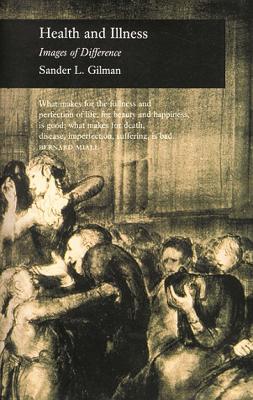Ours is a culture riddled with preoccupations about health and disease. In this timely study Sander L. Gilman demonstrates how images of beauty and ugliness have constructed a visual history which records the artificial boundaries that continue to divide 'healthy' bodies from ones that are ill. He shows how cultural fantasies of health and illness have come to be identified and defined by means of visual, aesthetic criteria - for the healthy is now seen as beautiful and the ill as ugly. How did these categories acquire medical associations? The history of our perception of the 'beautiful body' is charged with anxieties about contagion and ugliness and, furthermore, entangled with political implications brought about by our all-too-frequent interpretation of 'race' as a medical category. Sander Gilman looks at how nineteenth-century theorists collected medical and racial data from the shapes of noses, and at contemporary fears concerning syphilis, vividly personified in the diseased hero of Leroux's "The Phantom of the Opera".
He also scrutinizes Mark Twain's frank account of a visit to the Holy Land for signs of implicit prejudice about the health or illness of the resident Arabs and Jews. These concerns are brought up-to-date when the author turns to pathological case histories and recent AIDS posters issued by governments worldwide. This is more than simply a history of medicine augmented by visual evidence; its true originality lies in reading from the same visual sources an otherwise unnoticed aestheticization of the body. In so doing, Sander Gilman has discovered a new, exciting, alternative reading of the history of health and illness.
- ISBN13 9780948462696
- Publish Date 1 May 1995
- Publish Status Out of Print
- Out of Print 4 March 2021
- Publish Country GB
- Imprint Reaktion Books
- Format Hardcover
- Pages 200
- Language English
